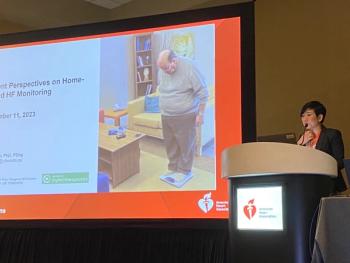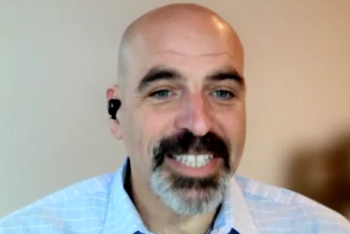
New payment models keep doctors focused on providing best care
There seems to be a growing consensus among healthcare stakeholders that despite new reforms, something still has to give in the way care is delivered. Episode-based payment may be a viable solution. It is an intermediate step between fee-for-service, which historically leads to overuse or underuse of services depending on reimbursement, and capitalization, which moves all the risk to the provider.
Key Points
THERE SEEMS to be a growing consensus among healthcare stakeholders that despite new reforms, something still has to give in the way care is delivered. Episode-based payment (EBP) may be a viable solution. It is an intermediate step between fee-for-service, which historically leads to overuse or underuse of services depending on reimbursement, and capitation, which moves all the risk to the provider. EBP bundles payment for all or some of the services delivered to a patient for a specific condition over a set period of time.
Mai Pham, MD, senior health researcher for the Center for Studying Health System Change, says some acute conditions-such as a heart attack or a hip fracture, which have a distinct beginning and end-are conducive to a bundled payment model. Dr. Pham also says that to make EBPs work, those involved in contracting have to clearly define the "episode"-a continuum of care for a major procedure through hospital discharge, or ongoing care for chronic conditions.
John Bigalke, U.S. national industry leader for Deloitte's Health Services and Government Industry Group, says the advantages of EBP are clear, but he does point out some administrative challenges associated with the model, such as how providers define their performance, how they negotiate pricing, and how facilities gain consensus about responsibilities and payments.
Danville, Penn.-based Geisinger Health Plan serves as the leading and longest-standing example for episode-based payment. Its ProvenCare program started in 2006.
Currently, the insurer pays a flat fee for all services associated with a cardiac bypass, hip replacement, cataract surgery and low back pain. The plan has realized improved patient outcomes and cost savings, promising to add more services to the model.
The PROMETHEUS Payment, a demonstration program sponsored by the Robert Wood Johnson Foundation, launched in 2006. Organizers designated four pilot sites whose goal was to determine the value of basing provider payment on a comprehensive episode of care that covers all patient services related to a single illness or condition. In the model, healthcare services are based on clinical practice guidelines translated into evidence-informed case rates (ECRs), which are adjusted to take the severity and complexity of the individual patient's condition into account, says Alice Gosfield, chairman of the board, PROMETHEUS.
Providers not only earn base ECR payments, but they can earn bonuses reflecting a quality score with metrics tied to the decrease in potentially avoidable complications. Incentives for providers are held in a Performance Contingency Fund, which allows provider payments based on the patient experience, clinical outcomes, and how well the provider meets clinical guidelines-70% attributed to individual performance and 30% for collaborative care by all providers.
"Episodes of care provide a strong incentive to manage patients' conditions, and not just while they are in the physician's office," says Stuart Guterman, assistant vice president, the Commonwealth Fund, which helped support the PROMETHEUS pilots. "The objective is to avoid hospitalization later on. Bundling payments also encourages providers to coordinate care across settings-unlike fee-for-service that creates silos-and share risk among providers who have joint responsibility for delivering appropriate services."
Guterman admits that bundled payments have not become a widespread trend, but points out that there is universal recognition that fee-for-service is providing bad incentives. New payment models allow physicians to focus on providing care because they know they will be paid fairly, he says.
Spectrum Health System, headquartered in Grand Rapids, Mich., serves as one of the sites for the PROMETHEUS pilot, applying the model to congestive heart failure, diabetes, colon surgery, asthma and chronic obstructive pulmonary disease. Jim Byrnes, MD, chief medical officer for Priority Health, says those five conditions offer significant opportunities for savings. Priority Health, Spectrum's health plan, worked with the system's physicians to establish clinical guidelines for the entire continuum of care for each condition.
"PROMETHEUS Payment creates incentives to drive efficiency and quality outcomes while creating collaboration," Dr. Byrnes says. "With limited healthcare resources, why not develop a system of care driven by evidence with the right incentives? On the other hand, PROMETHEUS is a very complex system."
Newsletter
Get the latest industry news, event updates, and more from Managed healthcare Executive.





















































